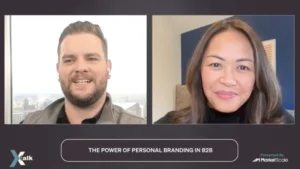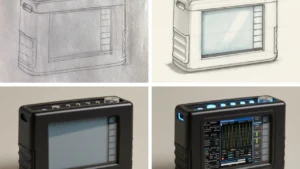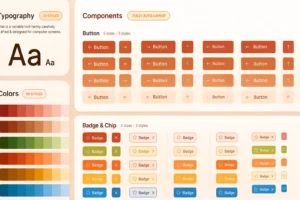From the Lab: Vibe Coding with Replit
I don’t always start with Figma. Sometimes I start with a feeling. A layout. A friction point. A hunch.
That’s when I go to Replit and start vibe coding.
What is Vibe Coding?
It’s not engineering. It’s not design. It’s fast prototyping at the idea level.
Vibe coding is how I think through interaction, flow, and feasibility before I’ve settled on what it should look like. It’s how I test ideas, not polish them. I don’t care about the font or the button radius. I care if the concept moves, responds, or simplifies the problem.
Why Replit?
Replit gives me speed.
- I can upload a sketch and ask it to build something functional
- I can describe a feature and let it try
- I can simplify in loops: try, break, try again
It won’t replicate your UI exactly. It tends to follow its own design language. But it respects structure. It follows flow. And when it drifts, you just ask it to correct course.
I’ve used it to:
- Build GPT-like tools
- Connect APIs
- Run small internal apps
- Prototype early versions of healthcare tools
- Store and test data models
- Explore features we haven’t pitched yet
It lets me pressure-test ideas without a full build or UI pass.

What Makes It Useful
Sometimes I use Replit like a sketchbook. Other times like a lab. If I’m blocked, it gives me motion. If I’m deep in complexity, it gives me simplification.
You don’t need to overthink structure or performance. You’re not designing a final product. You’re solving for experience, and the tool helps you do that by generating a working prototype fast.
Where It Fits in My Process
Once I get a layout or interaction that works, I move on:
- Figma, for design
- Components, for scale
- Systems, for consistency
But now I’m designing something I’ve already tested. I’m not guessing. I’m shaping.
Vibe coding is not the final step. It’s the one that saves you from wasting time on ideas that don’t land.

Why Share This?
Because too many people jump into design tools without testing their logic. Because wireframes should work, not just look good. Because discovery matters more than decoration.
If you’re stuck, open Replit. Let it try. Let it miss. Then shape what comes back.
That’s the vibe.








